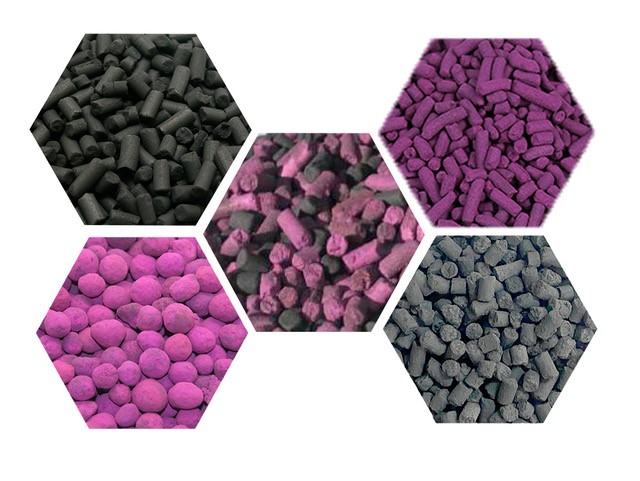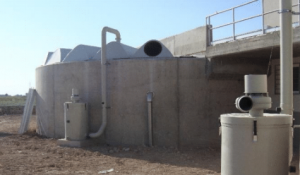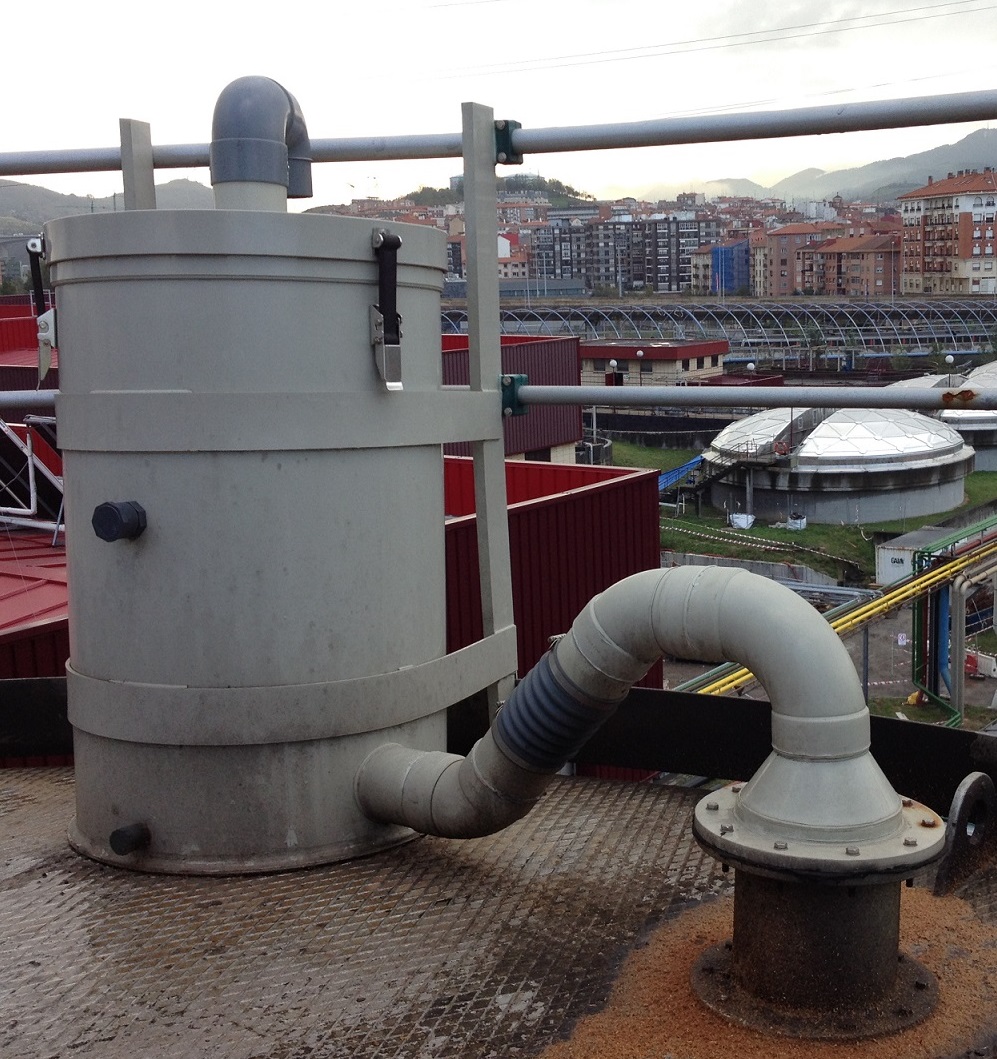
For some time now, odour control systems with engineered medias h ave proved to be a more than attractive option for tackling odor problems at wastewater treatment facilities.
The implementation of small compact unitsis accompanied by somecriteria for the confinement ofodour sources. In this sense,it is important to emphasize that the odour control system used in agiven area is not designed by calculating a certain number of air changes depending on the volumeof the area, but rather by exclusively treating the source of the odour and enclosing this sourceinsofar as possible to prevent odour dispersal throughout the rest of the plant/room.
In this way, the foul air captured is forced through the chemical adsorbents(filtration media), which have the capacity to remove the gases that cause the odours with an efficiency of over 99%.
In accordance with these criteria, odour control solutions have been developed for each of the operations carried out at waste water treatment plants or pumping stations that might give rise to odours. The areas affected include inlet chambers, pumping wells, filtering zones, settling tanks,bioreactors, thickeners, sludge dewatering units, sludge silos, etc.
Odour control units
Alphachem, air treatment bussines unit of Greenkeeper Iberia, designs and builds gas phase filtration equipment with own high efficiency filtration media.This units normally load 2 to 4 different filtration media, which makes it possible to remove all habitual malodorous compounds at municipal wastewater treatment plants and wastewater pumpingstations.
Benefits over traditional odour control methods
These compact dry scrubbers offersseveralof advantages over traditional odour control systems inwastewater treatment, regardless of whethersuch traditional systems use activated carbon (normallyimpregnated with NaOH), biofilters, biotrickling filters, or chemical wet scrubbers:
- Traditional systems usually have large gas collection and duct infrastructures to take the gases to the centralised treatment system, which leads to high piping and pumping costs.
- Alphachem media can be used for a wide range of inlet flows and concentrations of contaminating gases. Their performance is not affected by variations in these parameters, unlike chemical scrubber towers and bio-filters.
- The loss in capacity of the adsorbents is low and they are 100% active from the moment air begins to pass through them.
- Their high efficiency ensures the absence of odours at the outlet of the unit (traditional bio-filters do not offer high efficiency and activated carbon is specifically suited to the treatment of hydrogen sulphide)
- Temperature and relative humidity variations can give rise to considerable agglomeration problems in the activated carbon bed, thereby notably increasing loss of capacity of the system andconsequently reducing odour removal efficiency.
- It is possible to change or adjust the capacity and type of chemical adsorbent to tackle new orunexpected contaminants.
- It is possible to determine the degree to which the mediahas been consumed by means ofchemical analysis, which facilitates monitoring andreplacement. In the case ofpotassiumpermanganateimpregnatedmedia, it is also possible to estimate activity based on the color of thespheres or pellets.
- Very cost-effective for medium and low flows and/or concentrations.
